
2006 Archive
December 31, 2006Final Meeting of a Major 6-Year long German Grant Program about Colloidal Magnetic Fluids In order to be able to judge what was accomplished at the meeting, please check out a recent special issue of the Journal of Physics: Condensed Matter: http://www.iop.org/EJ/toc/0953-8984/18/38 Other information is also available from Stefan Odenbach's website at The discovery of unexpected magnetic interactions between magnetite nanoparticles coated with oleic acid is leading scientists at Rice University's Center for Biological and Environmental Nanotechnology (CBEN) to develop a revolutionary, low-cost technology for cleaning arsenic from drinking water. The technology holds promise for millions of people in India, Bangladesh and other developing countries where thousands of cases of arsenic poisoning each year are linked to poisoned wells. The new technique is described in Science 314, 964-967 (2006). The 6th Conference on the Scientific and Clinical Applications of Magnetic Carriers took place in Krems, Austria (near Vienna) from May 17-20, 2006. 325 scientists from 43 countries attended the conference to discuss magnetic carriers. Krems is a historical village on the Donau (hint: boat trip!) and is on the UNESCO world heritage list. The organizers were as always Urs Hafeli, Maciej Zborowski, and Wolfgang Schütt. Wolfgang is the local organizer who works at the IMC University of Applied Sciences in Krems. Ivo Safarik and Mirka Safarikova also joined the team. For more information about the meeting, check here. Krems, Austria, was the perfect location for our meeting. Remotely Activated Shape-Memory Polymers Containing Magnetic Nanoparticles Andreas Lendlein and colleagues at the Institute for Polymer Research in Teltow, Germany, have created shape-memory polymers that are triggered remotely by a magnetic field -- making it possible to activate them anywhere in the body. These first magnetic shape-memory plastics could lead to medical implants, such as polymer stents, that doctors can insert in a compact form, and then remotely trigger to take their final shape once in the body. For more information, see their PNAS article. Sequence of photographs showing the shape-memory polymer (black strip) changing to its permanent shape. Microfluidic Capturing-Dynamics of Paramagnetic Bead Suspensions For more information, check out http://www.rsc.org/publishing/journals/LC/article.asp?doi=b507104f Cleaning up Wastewater Magnetically For more information, and to see how it works in three little movies, check out http://pubs.acs.org/cen/news/83/i52/8352wastewater.html. Dan David Prize 2005 Honors Scientists Contributing to our Field For more information, check out http://www.dandavidprize.com/laureates.html#l2005.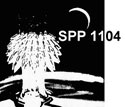 During the last week in September 2006, a final colloquium was held to bid farewell to a very successful 6-year grant program funded with more than 10 million Euros. The results were presented in connection with the 7th German ferrofluid workshop. The success of this program was extraordinary as mentioned by Dr. W. Lachenmeier, the person at the Deutsche Forschungsgemeinschaft (DFG) responsible for this priority program. It produced 370 peer-reviewed publications, 54 masters and 39 Ph.D. theses, 10 habilitations and 8 appointments of people in the program to become professors. Much of this enormous output must be accredited to the tireless efforts and organization talents of the chair Prof. Stefan Odenbach from the University of Dresden.
During the last week in September 2006, a final colloquium was held to bid farewell to a very successful 6-year grant program funded with more than 10 million Euros. The results were presented in connection with the 7th German ferrofluid workshop. The success of this program was extraordinary as mentioned by Dr. W. Lachenmeier, the person at the Deutsche Forschungsgemeinschaft (DFG) responsible for this priority program. It produced 370 peer-reviewed publications, 54 masters and 39 Ph.D. theses, 10 habilitations and 8 appointments of people in the program to become professors. Much of this enormous output must be accredited to the tireless efforts and organization talents of the chair Prof. Stefan Odenbach from the University of Dresden.
http://www.tu-dresden.de/mw/ism/mfd/
'Nanorust' Cleans Arsenic From Drinking Water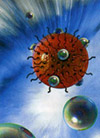
6th International Conference on the Scientific and Clinical Applications of Magnetic Carriers WAS A HUGE SUCCESS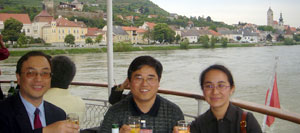
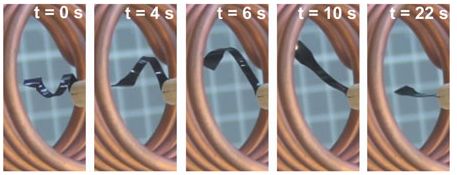
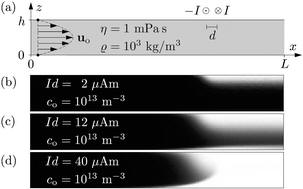 Mikkelsen and Bruus study theoretically the capturing of paramagnetic beads by a magnetic field gradient in a microfluidic channel treating the beads as a continuum. Bead motion is affected by both fluidic and magnetic forces. The transfer of momentum from beads to the fluid creates an effective bead%u2013bead interaction that greatly aids capturing. The authors demonstrate that for a given inlet flow speed a critical density of beads exists above which complete capturing takes place.
Mikkelsen and Bruus study theoretically the capturing of paramagnetic beads by a magnetic field gradient in a microfluidic channel treating the beads as a continuum. Bead motion is affected by both fluidic and magnetic forces. The transfer of momentum from beads to the fluid creates an effective bead%u2013bead interaction that greatly aids capturing. The authors demonstrate that for a given inlet flow speed a critical density of beads exists above which complete capturing takes place.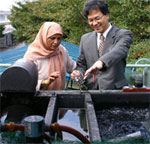 Yasuzo Sakai from Utsunomiya University, Japan, has set up a pilot plant based on a magnetic activated sludge process to treat municipal wastewater. From the fall of 2003 to the summer of 2005, the plant continuously treated 16 m3 of sewage in an aeration tank. The process removed organic material with excellent efficiency compared to the standard activated sludge technique.
Yasuzo Sakai from Utsunomiya University, Japan, has set up a pilot plant based on a magnetic activated sludge process to treat municipal wastewater. From the fall of 2003 to the summer of 2005, the plant continuously treated 16 m3 of sewage in an aeration tank. The process removed organic material with excellent efficiency compared to the standard activated sludge technique.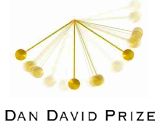 All three laureates in the Materials Science area honored this year by the Dan David Prize have worked with magnetic nano- and microspheres. Prof. Robert Langer from the Massachussetts Institute of Technology, USA, Prof. George Whitesides from Harvard University, USA, and Prof. C.N.R. Rao at the Jawaharlal Nehru Centre for Advanced Scientific Research, Bangalore, India, each received a 1 million US$ prize for their innovative and interdisciplinary research that cuts across traditional boundaries and paradigms.
All three laureates in the Materials Science area honored this year by the Dan David Prize have worked with magnetic nano- and microspheres. Prof. Robert Langer from the Massachussetts Institute of Technology, USA, Prof. George Whitesides from Harvard University, USA, and Prof. C.N.R. Rao at the Jawaharlal Nehru Centre for Advanced Scientific Research, Bangalore, India, each received a 1 million US$ prize for their innovative and interdisciplinary research that cuts across traditional boundaries and paradigms.
For more information, check out our Archives.
September 2017
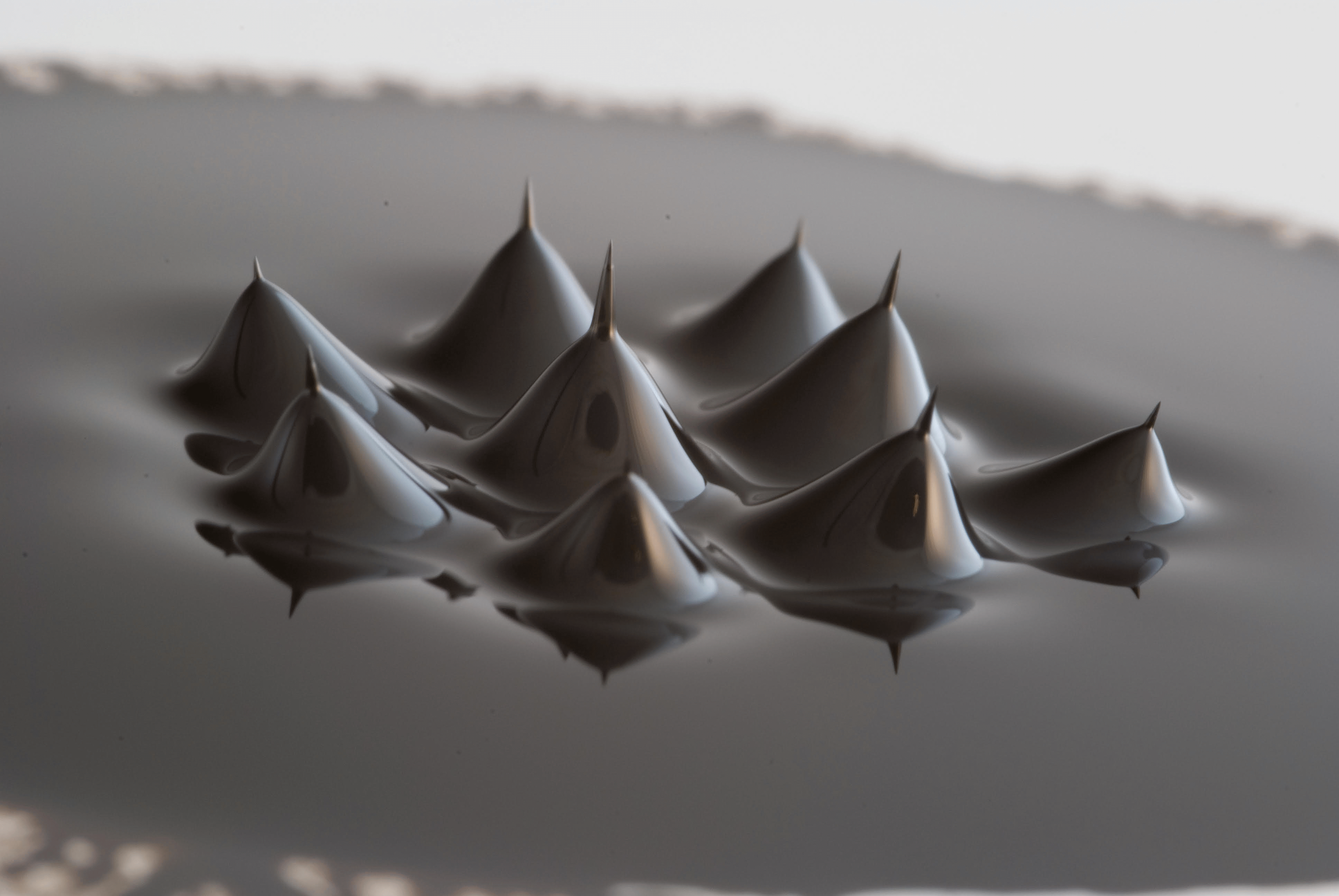
Search this site with the power of
